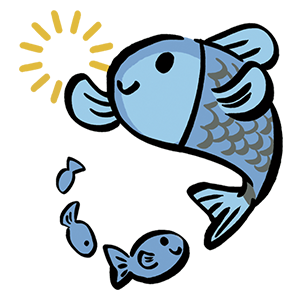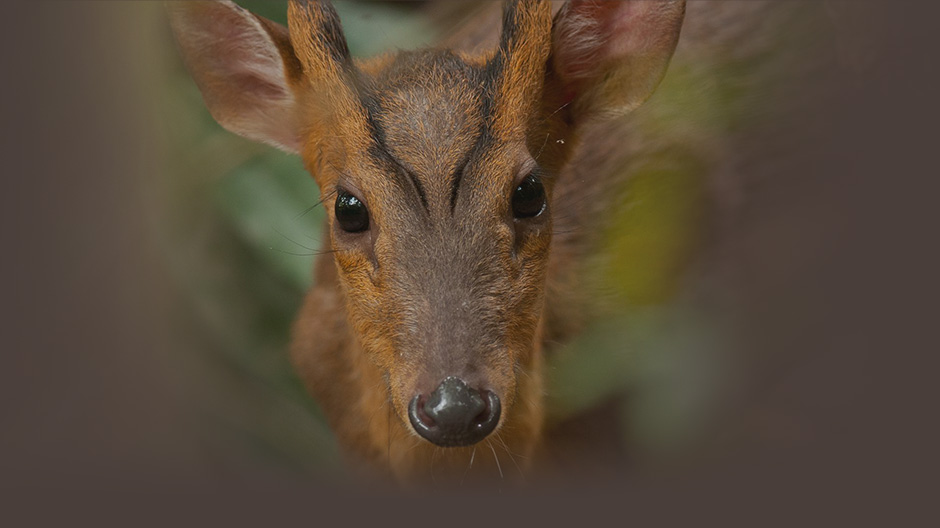簡介
為了解臺灣地區斑腿樹蛙分布現況與其基礎生物學,本研究於2013年運用兩棲類保育志工在全臺灣進行普查;選定平原環境的八里挖仔尾、臺中都會公園、以及森林環境的鶯歌碧龍宮為固定樣區進行調查,紀錄數量、利用棲地、共域蛙類等資料。2013年普查結果顯示斑腿樹蛙分布於臺北市、新北市、桃園縣、臺中市、彰化縣、雲林縣、屏東縣等地。比較2012年及2013年方格系統的調查結果,也發現斑腿樹蛙持續擴散中。 生活史調查結果發現北部斑腿樹蛙族群繁殖期從3月開始可持續至10月, 中部地區族群繁殖期則從3月至9月。比較2012年與2013年斑腿樹蛙佔所有蛙種總隻次比例,挖仔尾從69%(785/1132),下降至29%(483/1665);臺中都會公園則從53.6%(303/565)下降至40.6%(415/1021);碧龍宮雖從2012年14.9%(107/715)略增為15.9% (123/775),但仍低於2011年的27.5%(149/541)。在八里斑腿樹蛙主要利用竹林與靜止水域,臺中都會公園則主要利用喬木與靜止水域,在碧龍宮斑腿樹蛙利用旱田與靜止水域的頻度最高,顯示靜止水域是斑腿樹蛙的重要棲地類型。斑腿樹蛙食物以蜚蠊目、鞘翅目與柄眼目等地棲物種為主,也記錄到捕食小雨蛙、斑腿樹蛙幼蛙、鉛山壁虎及斯文豪氏攀蜥,對入侵的生態系統可能造成影響。為控制斑腿樹蛙族群數量,2013年持續培訓及運用志工在八里挖仔尾、鶯歌碧龍宮、臺中都會公園、彰化田尾等地進行斑腿樹蛙控制移除,參與人數超過1100人次,移除1184隻斑腿樹蛙,達到宣導教育的成效。建議持續運用志工進行移除及監測,降低斑腿樹蛙族群量及擴散風險,並持續研究斑腿樹蛙對臺灣原生蛙類及生態系統的影響,以利臺灣生物多樣性保育。 In order to find out the distributions and the basic biology of Polypedates megacephalus, this study used conservation volunteers to carry out nationwide surveys in 2013. We targeted at Waziwei of Bali and Taichung Metropolitan Park, which are both in the plain surroundings, as well as Bealong Temple of Yingge in forestry environment, to do surveys and document their numbers, habitat usage, and the other sympatric anuran species. The results of surveys show that Polypedates megacephalus has been distributed over Taipei City, New Taipei City, Taoyuan County, Taichung City, Zhanghua County, Yunlin County, and Pingtung County. Compare the grid systems of 2012 and 2013, we found that Polypedates megacephalus is still spreading. The results of surveys showed that the breeding seasons of Polypedates megacephalus in the north start in March and continue till October, while the southern populations breed from March to September. Compare the percentage of Polypedates megacephalus and all the frogs species in 2012 and 2013, the alien species at Waziwei dropped from 69% (785/1132) to 29%(483/1665); at Taichung Metropolitan Park, it dropped from 53.6% (303/565) to 40.6% (415/1021); at Bealong Temple, it ascended from 14.9% (107/715) of 2012 to 15.9% (123/775)of 2013, but it’s still lower than 27.5% (149/541) of 2011. In Bali, Polypedates megacephalus mainly inhabits in the bamboo forests and still waters; in Taichung Metropolitan Park, they use trees and still waters, while in Bealong Temple, they prefer dry farmland and still waters. It shows that still waters are their important habitats. Polypedates megacephalus fed mostly on Order Blattodea, Order Coleoptera, and Order Stylommatophora, and they were spotted preying on Microhyla fissipes, the baby frogs of its own kind, Gekko hokouensis, and Japalura swinhonis. We suggest the ecosystems they invade might be affected. In order to control the population of Polypedates megacephalus, we kept training volunteers in 2013 to remove Polypedates megacephalus at Waziwei (Bali), Bealong Temple (Yingge), Taichung Metropolitan Park, and Tianwei (Zhanghua). The amount of participants was over 1100, who removed a total of 1184 Polypedates megacephalus. It means the effect of education was achieved. We suggest that we should keep using volunteers to do controlling and monitoring to reduce its population and avoid further spreading. And the study about the impact of Polypedates megacephalus on native ecosystem and other species should be continued to conserve the biodiversity of Taiwan.
發布單位:Taiwan Forestry Bureau
發布日期:2020/07/31
資料授權引用格式:Creative Commons Attribution Non Commercial (CC-BY-NC) 4.0 License
資料集下載:DwC-A
聯絡資訊
- 副教授
- 國立東華大學自然資源與環境學系
- TW
- 974花蓮縣壽豐鄉大學路二段一號
- treefrog@mail.ndhu.edu.tw
- 03-8635192
- 行政院農業委員會林務局
- 行政院農業委員會林務局
- TW
- 100台北市杭州南路一段2號
- eml@forest.gov.tw
- 02-23515441
- 行政院農業委員會林務局
- 行政院農業委員會林務局
- TW
- 100台北市杭州南路一段2號
- eml@forest.gov.tw
- 02-23515441
- 研究生
- 國立東華大學自然資源與環境學系
- TW
- 974花蓮縣壽豐鄉大學路二段一號
- 9608002@mail.ndhu.edu.tw
- 03-8635190
 網站捷徑
網站捷徑



